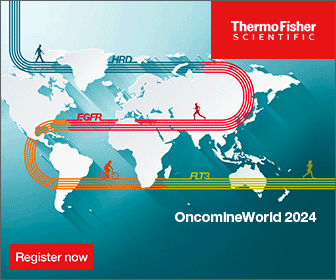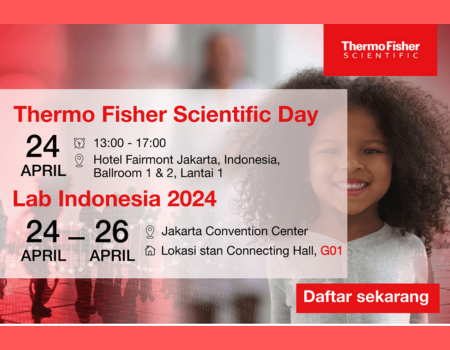Activating Cryptochrome Isoforms May Inhibit Glioblastoma Proliferation, Providing New Therapeutic Possibilities
Glioblastoma (GBM) is a common and highly aggressive form of malignant primary brain tumor. The patient’s treatment process usually begins with a brain scan, followed by physicians’ evaluation of whether surgery, radiation, chemotherapy, or a combination of these treatments are prescribed. Although most tumors shrink after the initial treatment, many patients experience metastatic recurrence of the tumor and become resistant to chemotherapy or radiation therapy. Limited treatment options result in poor prognosis, with a median survival of only 15 months after diagnosis.
Published in the Proceedings of the National Academy of Sciences (PNAS), The Keck School of Medicine of the University of Southern California has made a discovery that circadian clock proteins, which help coordinate changes in the body’s functions over the course of a day, are associated with the growth of glioblastoma stem cells (GSCs) and their proliferation after current standard treatments. They also found that activation of the core clock component protein cryptochrome (CRY), such as its isoform CRY2, may effectively inhibit the growth of GSCs.
Related Article: Injectable Hydrogel Targets Macrophages and Stops the Relapse of Glioblastoma – GeneOnline News
Association between Circadian Clock Proteins and Glioblastoma
Cryptochromes are important circadian clock proteins that regulate the biological clock in various organisms, and are commonly seen in mammals as two isoforms, CRY1 and CRY2. Mutations in genes responsible for the production of CRY1 and CRY2 may lead to disruption of the human biological clock, thereby causing various diseases. For example, mutations in CRY1 and CRY2 genes can induce sleep phase disorders in humans. The genetic loss of Cry1 and Cry2 in mouse models results in glucose intolerance in mice, while Cry1 overexpression in the liver lowers blood glucose levels by inhibiting glucagon response.
The USC-led team further discovered that cancer stem cells could potentially affect he functioning of CRY proteins. For the case of GBM, a small number of GSCs left behind after surgery may interfere with CRY proteins, enabling rapid tumor growth and resistance against the effects of chemotherapy and radiation therapy.
Selective Modulation of CRY2 May Inhibit GSC Proliferation
The team created and tested thousands of molecules capable of binding to, and potentially neutralizing the malfunctioning circadian clock proteins inside cancer stem cells. They analyzed the drug candidates that can bind to mammalian CRY proteins through artificial intelligence (AI) and big data. The team’s AI algorithms modeled how each new molecule would bind to the clock proteins and helped search for the best fit.
They eventually identified a small molecule called SHP656, an oral derivative of KL001, a protein known to regulate both CRY1 and CRY2 isomers. Next, researchers treated GSCs isolated from the patients with SHP656, showing that by selectively binding to the CRY2 protein, SHP656 effectively inhibited the growth of cancer stem cells after protein activation without harming normal stem cells in the body.
The team emphasized that the results point to an important role for CRY protein isoforms in treatment of GBM. In the future, they will continue to advance the study into phase 2 trials and expect to extend the study to investigate the relationship of selective binding of CRY1 protein to glioblastoma growth, or to other types of cancer.
©www.geneonline.com All rights reserved. Collaborate with us: service@geneonlineasia.com










